Home>diy>Architecture & Design>How To Design A Minimalist House
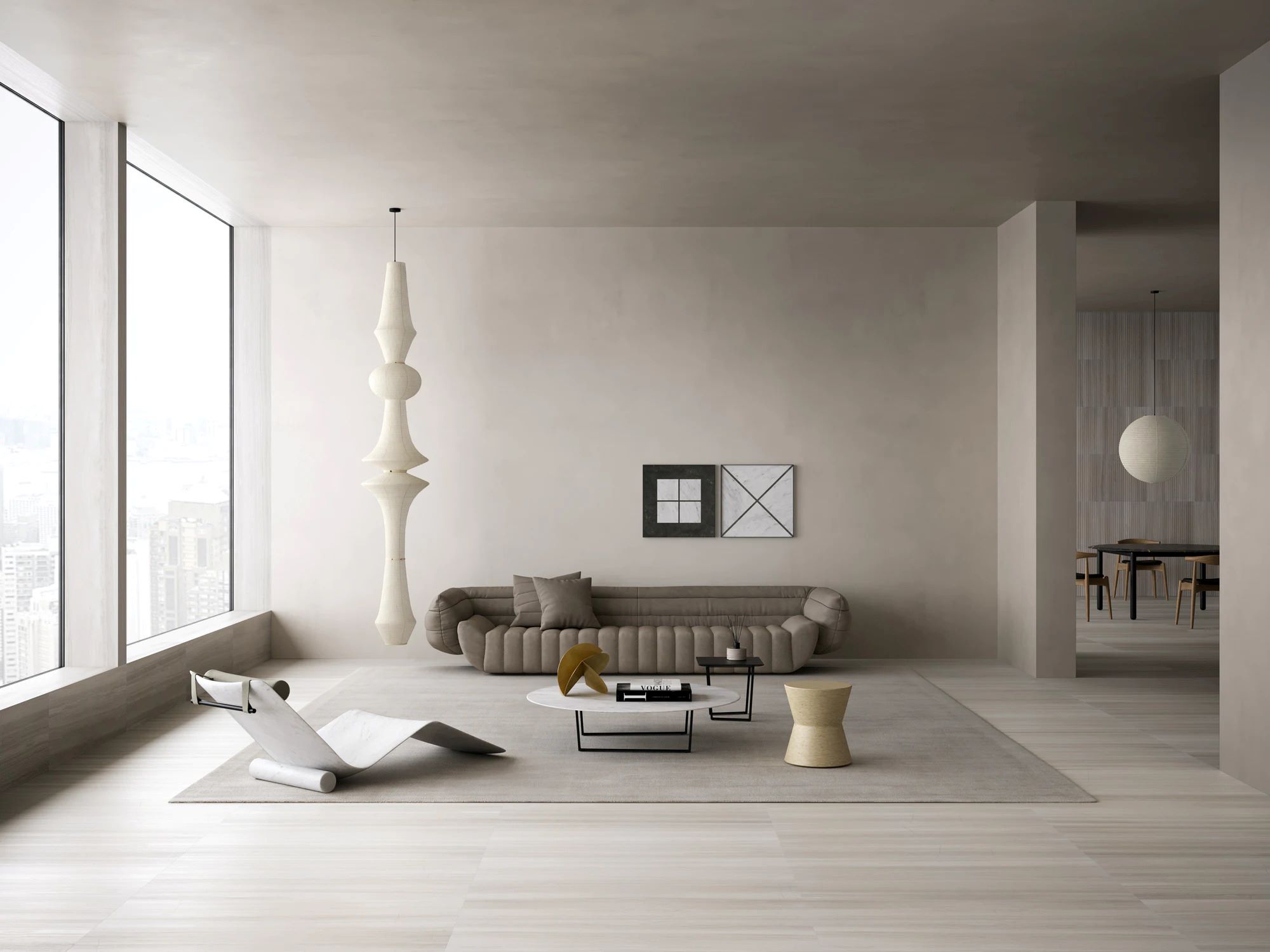

Architecture & Design
How To Design A Minimalist House
Modified: April 22, 2024
Learn the art of minimalist architecture design with our step-by-step guide. Create the perfect minimalist house that combines sleek aesthetics with functional living.
(Many of the links in this article redirect to a specific reviewed product. Your purchase of these products through affiliate links helps to generate commission for Storables.com, at no extra cost. Learn more)
Introduction
Welcome to the world of minimalist house design, where less is more and simplicity reigns supreme. In recent years, the minimalist movement has gained popularity as more and more people seek to declutter their lives and create serene, tranquil living spaces. The idea behind minimalist design is to focus on the essential, eliminating excess and creating harmony between form and function.
In this article, we will explore the key principles of minimalist design and discuss how to implement them in the architecture of your house. Whether you are starting from scratch or looking to renovate your existing space, the principles of minimalism can help you create a home that is both aesthetically pleasing and highly functional.
But before we delve into the design aspects, let us first understand what minimalism truly means. At its core, minimalism is a lifestyle that promotes simplicity, mindfulness, and intentionality. It encourages us to let go of unnecessary possessions, declutter our physical and mental space, and focus on what truly matters.
In the context of house design, minimalism translates into clean lines, open spaces, and a sense of calm and tranquility. It is about creating a sanctuary where you can escape the chaos of the outside world and find solace in the simplicity of your surroundings.
So, whether you are drawn to the elegance of modern architecture or the timeless appeal of traditional design, incorporating minimalist principles into your house can elevate it to a whole new level.
Over the course of this article, we will explore the various factors to consider in minimalist house design, including the right choice of materials, colors, and textures. We will also discuss essential furniture and decor, how to maximize natural light, create functional spaces, and incorporate storage solutions. Finally, we will touch upon the importance of sustainability in the context of minimalist design.
By the end of this article, you will have a comprehensive understanding of the principles and techniques involved in designing a minimalist house. So, let’s dive in and discover how to create a home that embraces simplicity, functionality, and timeless beauty.
Key Takeaways:
- Embrace simplicity, functionality, and tranquility in your home by incorporating minimalist design principles, sustainable materials, and maximizing natural light to create a serene living environment.
- Prioritize quality over quantity, declutter regularly, and integrate multifunctional furniture to maintain an organized, clutter-free, and visually stunning minimalist house.
Understanding Minimalism
Before diving into the specifics of minimalist house design, it is essential to understand the underlying principles of minimalism. As mentioned earlier, minimalism is a lifestyle and design approach that advocates for simplicity, intentionality, and a focus on the essential.
At its core, minimalism is about stripping away the unnecessary, both in physical possessions and in design elements. It is a deliberate choice to eliminate clutter and create a sense of spaciousness and harmony.
In the context of house design, minimalism translates into clean lines, open floor plans, and a minimalist aesthetic. This means using a limited color palette, simple shapes, and a focus on functionality. The goal is to create a space that feels calm, uncluttered, and visually pleasing.
One of the key benefits of adopting a minimalist approach in house design is the ability to create a sense of clarity and tranquility. By removing distractions and excess, you can enhance the focus on what truly matters and create a space that promotes relaxation and mindfulness.
Another advantage of minimalism is its versatility. It can be applied to various architectural styles, from modern and contemporary designs to more traditional and rustic aesthetics. Minimalist principles can be integrated into any style to create a harmonious and balanced living environment.
When designing a minimalist house, it is important to remember that minimalism does not mean an absence of character or personality. It is about creating a space that reflects your values and priorities while taking into account the functional needs of daily life.
Now that we have a better understanding of what minimalism entails, let us explore the factors to consider when designing a minimalist house.
Factors to Consider in Minimalist House Design
Designing a minimalist house involves careful consideration of various factors to ensure that the final result embodies simplicity, functionality, and aesthetic appeal. Here are some key factors to keep in mind:
- Space Planning: One of the fundamental principles of minimalist design is effective space planning. It involves optimizing the layout of the house to create an open and uncluttered flow. Consider how each room connects to one another and how furniture and decor can be arranged to maximize both circulation space and visual impact.
- Simplicity in Design: When it comes to minimalist house design, simplicity is key. Opt for clean, straight lines and simple geometric shapes in architectural elements. Avoid excessive ornamentation and focus on the fundamental elements that define the space.
- Clearing Clutter: Minimalism is all about decluttering and removing unnecessary items. Embrace storage solutions that allow you to keep your space organized and clutter-free. Incorporate built-in cabinets, hidden storage, and multifunctional furniture to maintain a visually clean and uncluttered environment.
- Functionality: While minimalism emphasizes simplicity, it also prioritizes functionality. It is essential to design your house to meet your specific needs and lifestyle. Consider how each space will be used and ensure that it is optimized for functionality without sacrificing the minimalist aesthetic.
- Indoor-Outdoor Connection: Bringing the outdoors in is a key element of minimalist house design. Consider incorporating large windows, glass doors, and skylights to maximize natural light and create a seamless transition between the interior and exterior spaces.
- Balance and Proportion: Achieving balance and proportion is crucial in creating a visually pleasing minimalist design. Ensure that furniture, decor, and architectural elements are properly scaled and proportioned within the space. Balance the use of negative space and carefully choose focal points to create visual interest.
- Materials and Finishes: In minimalist design, the choice of materials and finishes is essential to achieving the desired aesthetic. Opt for natural, high-quality materials such as wood, stone, and metal. Focus on textures and finishes that enhance the simplicity and elegance of the space.
By taking these factors into consideration, you can lay the foundation for a minimalist house design that is both visually stunning and highly functional. In the next sections, we will explore some key aspects of minimalist design, such as choosing the right materials, colors, and textures.
Choosing the Right Materials
When it comes to minimalist house design, choosing the right materials is crucial in achieving the desired aesthetic and creating a harmonious space. Here are some key considerations when selecting materials:
- Natural Materials: Embrace the beauty of natural materials such as wood, stone, and glass. These materials provide a sense of warmth, authenticity, and timelessness to the space. Incorporate wooden flooring, stone countertops, and large windows to bring the beauty of the outdoors inside.
- Sustainable Materials: In line with the minimalist ethos, consider opting for sustainable materials. Look for eco-friendly options such as bamboo flooring, recycled glass countertops, or reclaimed wood. Sustainable materials not only reduce environmental impact but also add a unique and ethical touch to your home.
- Minimalist Color Palette: Stick to a neutral color palette when selecting materials for a minimalist house. Choose shades of white, beige, gray, or black to create a clean and uncluttered look. These neutral colors provide a timeless backdrop that allows other design elements to stand out.
- Texture and Contrast: While minimalism favors simplicity, incorporating texture and contrast can add depth and visual interest to the space. Consider mixing materials with different textures, such as rough concrete walls paired with smooth marble countertops. This combination creates a balanced and dynamic visual appeal.
- Metal Accents: Metals like stainless steel, brass, or copper can add a touch of sophistication and modernity to a minimalist design. Consider incorporating metal accents in fixtures, handles, or light fixtures. These elements can act as focal points and add a subtle layer of elegance to the overall aesthetic.
- Easy Maintenance: Minimalist design is not only about aesthetics but also about practicality. Choose materials that are easy to clean and maintain, minimizing the time and effort required to keep your space looking pristine. Opt for stain-resistant surfaces and durable finishes to ensure your minimalist house remains beautiful for years to come.
Ultimately, the materials you choose should complement and enhance the minimalist aesthetic you are aiming for. Strike a balance between simplicity and visual interest, and select materials that resonate with your personal style and the overall design vision.
In the next section, we will explore the role of colors and textures in designing a minimalist house.
Colors and Textures for a Minimalist House
Colors and textures play a crucial role in creating the desired ambiance and visual impact in a minimalist house. Here are some considerations when selecting colors and textures:
- Neutral Palette: Minimalist design is characterized by a muted, neutral color palette. Opt for shades of white, beige, gray, or black as the foundation of your color scheme. These neutral colors provide a clean and uncluttered backdrop while allowing other design elements to shine.
- Pops of Color: While minimalism is often associated with neutral colors, adding strategic pops of color can bring life and personality to your space. Choose one or two accent colors to incorporate into your design. Go for bold and vibrant hues to create a focal point or opt for softer pastel shades for a more calming effect.
- Monochromatic Scheme: Another approach to color in minimalist design is to create a monochromatic scheme. Select different shades of the same color to create depth and visual interest. This technique can add a sense of sophistication and elegance while maintaining a clean and cohesive look.
- Textures for Depth: Incorporating textures in a minimalist house can add depth and tactile interest. Consider textured materials such as textured wallpaper, rough brick walls, or woven fabrics. These textures create visual contrast and add a subtle layer of complexity to the space.
- Contrasting Elements: Contrast is a powerful tool in minimalist design. Combine smooth and rough textures, matte and glossy finishes, or light and dark shades to create visual interest. This contrast creates a dynamic and harmonious balance that captures attention and adds depth to the space.
- Negative Space: Negative space, also known as white space, is an essential element in minimalist design. It refers to the empty space between and around objects. Embrace negative space as it creates a sense of openness and tranquility. Avoid overcrowding the space and let objects and design elements breathe.
Consider the overall mood and atmosphere you want to create in your minimalist house. Colors and textures can greatly influence the ambiance, so choose hues and textures that resonate with your desired aesthetic and evoke the feeling you want to achieve.
In the next sections, we will explore essential furniture and decor in minimalist design, and how to maximize the use of natural light in your house.
Read more: How To Have A Minimalist Wardrobe
Essential Furniture and Decor
In a minimalist house, the furniture and decor play a significant role in enhancing the overall aesthetic and functionality of the space. Here are some essential considerations when selecting furniture and decor:
- Minimalist Aesthetic: Choose furniture and decor that align with the minimalist aesthetic. Opt for clean lines, simple shapes, and a streamlined design. Avoid excessive embellishments or ornate details that can detract from the overall simplicity.
- Functional Design: Functionality is key in minimalist design. Select furniture that serves a purpose and meets your specific needs. Look for pieces that provide storage solutions, have multifunctional capabilities, or allow for easy organization. By prioritizing functionality, you can maintain a clutter-free and efficient living space.
- Quality Over Quantity: In keeping with the minimalist philosophy, focus on quality over quantity when it comes to furniture and decor. Invest in well-made, durable pieces that will stand the test of time. By opting for fewer high-quality items, you can create a space that exudes elegance and sophistication.
- Decluttered Surfaces: Minimalism calls for decluttered surfaces. Arrange furniture and decor in a way that promotes a sense of spaciousness and visual calm. Avoid overcrowding shelves, tabletops, or countertops. Leave plenty of negative space to maintain a clean and uncluttered look.
- Neutral Color Palette: In line with the overall color scheme, choose furniture and decor in neutral tones. Opt for shades of white, beige, gray, or black to create a cohesive and harmonious look. This allows other design elements, such as artwork or statement pieces, to stand out and become focal points.
- Thoughtful Placement: Pay attention to the placement of furniture and decor to create a sense of balance and flow. Consider the function of each area and how furniture can enhance the functionality of the space. Ensure that there is enough room for comfortable movement and that furniture arrangement allows for natural light to filter in.
- Natural Elements: Incorporating natural elements in your furniture and decor can bring a sense of warmth and serenity to a minimalist house. Consider using materials such as wood, rattan, or linen for furniture, and incorporate plants or natural textiles for decorative elements.
Remember, the key is to strike a balance between functionality and aesthetic appeal. Choose furniture that serves a purpose and complements the overall minimalist design while reflecting your personal style and creating a comfortable living environment.
In the next section, we will explore how to maximize natural light to create a bright and airy ambiance in your minimalist house.
When designing a minimalist house, focus on clean lines, open spaces, and a limited color palette. Choose furniture and decor that serve a purpose and avoid clutter to create a sense of calm and simplicity.
Maximizing Natural Light
Natural light is a powerful tool in minimalist house design, as it creates a sense of openness, warmth, and connection to the outdoors. Here are some strategies to maximize natural light in your home:
- Large Windows: Incorporate large windows to maximize the amount of natural light that enters your house. Opt for floor-to-ceiling windows or expansive glass doors that allow unobstructed views and bring in abundant daylight. Consider installing skylights or clerestory windows to bring light into interior spaces.
- Window Placement: Position windows strategically to take advantage of the sun’s path and to maximize natural light throughout the day. Consider the orientation of your house and the location of rooms to determine the best placement for windows. South-facing windows tend to provide the most direct sunlight, while east and west-facing windows offer morning and afternoon light, respectively.
- Light-reflecting Surfaces: Choose light-reflecting surfaces for walls, ceilings, and floors to bounce natural light around the space. Opt for light-colored paints or wall finishes, such as white or pale shades, to amplify the effect of natural light. Use glossy or reflective materials for furniture and decor to further enhance the light-reflecting properties.
- Window Treatments: Keep window treatments minimal to allow maximum light flow. Choose sheer or lightweight curtains that filter light rather than block it completely. Alternatively, opt for blinds or shades that can be fully raised or adjusted to control the amount of light and privacy as needed.
- Interior Layout: Consider the layout of your interior spaces to ensure that natural light can reach every corner of your house. Avoid blocking windows or creating partitions that obstruct the flow of light. Opt for open floor plans that allow light to penetrate and brighten the entire space.
- Mirrors and Glass: Incorporate mirrors strategically to reflect and amplify natural light. Place mirrors opposite windows or in darker areas to bounce light around the room. Consider using glass partitions or translucent panels to allow light to filter through different areas of your house.
- Outdoor Connections: Create a seamless connection between the indoor and outdoor spaces to maximize natural light. Use glass doors or sliding walls that can be opened to merge the interior and exterior, allowing light to flood into the house. Design outdoor areas that are accessible and inviting to encourage spending time outdoors as well.
By incorporating these strategies, you can harness the power of natural light to create a bright and airy ambiance in your minimalist house. Natural light not only enhances the aesthetic appeal but also contributes to the well-being and comfort of the occupants.
In the next section, we will explore how to create functional spaces within a minimalist house.
Creating Functional Spaces
One of the key aspects of minimalist house design is creating functional spaces that cater to your specific needs and enhance your daily lifestyle. Here are some tips to help you create functional spaces within your minimalist home:
- Define the Purpose: Before designing each space, clearly define its purpose. Consider how you will use the space and what activities will take place there. Whether it’s a living room, kitchen, bedroom, or home office, understanding the intended function will help you make informed design decisions.
- Open Floor Plans: Embrace open floor plans to promote flexibility and maximize the use of space. Minimize the use of walls and partitions to create a fluid and versatile layout. This allows for easy movement and adapts to different activities and needs throughout the day.
- Consider Traffic Flow: Ensure that there is logical and efficient circulation within each space. Plan pathways that allow for easy movement between areas, avoiding obstructions and clutter. Consider the placement of furniture and objects to create clear and intuitive traffic flow.
- Furniture Placement: Arrange furniture in a way that optimizes the functionality of each space. Consider the scale and proportion of furniture in relation to the room size. Choose pieces that are appropriate for the intended use and ensure that there is ample space for movement and comfort.
- Multipurpose Solutions: Incorporate furniture and design elements that serve multiple purposes. Opt for convertible or modular furniture that can adapt to different needs. Install built-in storage solutions that maximize space utilization and allow for efficient organization.
- Ergonomic Considerations: Pay attention to the ergonomic design of furniture and workspaces. Prioritize comfortable seating, proper desk height, and adequate lighting in areas where you will be spending extended periods of time. A functional space should not only look good but also promote physical well-being.
- Zoning: Use visual cues to define different zones within an open floor plan. This can be done through the use of rugs, lighting, or furniture arrangement. By creating distinct areas, it becomes easier to mentally and visually separate and organize different functions within a larger space.
Creating functional spaces within a minimalist house requires thoughtful planning and attention to detail. It is important to strike a balance between aesthetics and usability to ensure that each space serves its intended purpose effectively and efficiently.
In the next section, we will explore the importance of incorporating storage solutions in a minimalist house.
Incorporating Storage Solutions
One of the key principles of minimalist house design is to keep spaces clean, uncluttered, and organized. Incorporating effective storage solutions is crucial in achieving this goal. Here are some strategies to help you maximize storage in your minimalist house:
- Built-in Cabinets and Shelves: Utilize wall space by installing built-in cabinets and shelves. These provide ample storage without taking up valuable floor space. Choose seamless, flush designs to maintain a clean and minimalist look. Customizable options allow you to tailor the storage to your specific needs.
- Hidden Storage: Optimize every inch of your space by incorporating hidden storage solutions. Look for furniture pieces with hidden compartments, such as ottomans or coffee tables with hidden drawers. Install storage within staircases or under benches. This keeps belongings out of sight, maintaining a clutter-free environment.
- Vertical Storage: Make use of vertical space by incorporating tall storage units. Floor-to-ceiling cabinets or shelving systems maximize storage capacity while minimizing footprint. This not only provides ample storage but also draws the eye upward, creating a sense of spaciousness in the room.
- Dual-purpose Furniture: Choose furniture pieces that offer storage capabilities. Invest in bed frames with built-in drawers, coffee tables with hidden storage compartments, or sofas with under-seat storage. These multifunctional pieces help maximize space utilization while keeping belongings tidy and easily accessible.
- Organizational Systems: Invest in organizational systems such as drawer dividers, labeled bins, or closet organizers. These help keep items separated, easily accessible, and neatly arranged. By having designated spaces for different belongings, you can minimize clutter and maintain a cohesive, minimalist aesthetic.
- Minimalist Wardrobe: Adopt a minimalist approach to your wardrobe. Embrace a curated capsule wardrobe, where you choose a limited number of versatile pieces that can be mixed and matched. By reducing the number of clothing items, you not only simplify your daily routine but also optimize storage space.
- Declutter Regularly: Regularly assess and declutter your belongings to avoid unnecessary accumulation. Let go of items that no longer serve a purpose or bring joy. Regularly reassess your storage needs and make adjustments as needed to maintain an organized and clutter-free living environment.
Incorporating these storage solutions will help you keep your minimalist house organized and clutter-free. Effective storage not only enhances the functionality of your space but also promotes a sense of peace and tranquility.
In the next section, we will explore the importance of sustainability in the context of minimalist house design.
Sustainability and Minimalism
When it comes to minimalist house design, sustainability and minimalism go hand in hand. Embracing sustainable practices not only aligns with the minimalist ethos but also promotes a healthier and more environmentally conscious lifestyle. Here are some ways to incorporate sustainability into your minimalist house:
- Energy Efficiency: Prioritize energy-efficient appliances and systems in your house. Choose energy-efficient lighting fixtures, install insulation to reduce heat loss, and opt for windows with high thermal performance. These measures not only reduce energy consumption but also lower utility bills in the long run.
- Renewable Energy Sources: Consider incorporating renewable energy sources, such as solar panels or wind turbines, to power your house. By generating clean energy on-site, you can reduce your dependence on fossil fuels and decrease your carbon footprint.
- Sustainable Materials: Choose eco-friendly and sustainable materials for construction and finishes. Look for options made from recycled or reclaimed materials, such as reclaimed wood for flooring or recycled glass for countertops. Employ sustainable forestry practices when sourcing wood materials.
- Water Conservation: Incorporate water-saving features to reduce water consumption. Install low-flow faucets and showerheads, use dual-flush toilets, and consider incorporating rainwater harvesting systems for irrigation purposes. Conserving water not only benefits the environment but also reduces water bills.
- Proper Waste Management: Implement a comprehensive waste management system within your house. Set up recycling stations for sorting recyclable materials, compost organic waste, and reduce overall waste generation. Consider using eco-friendly cleaning products to minimize the use of harmful chemicals.
- Indoor Air Quality: Prioritize indoor air quality by choosing low-emission materials for paints, adhesives, and furniture. Use natural ventilation strategies to promote fresh air circulation and reduce reliance on mechanical systems. Incorporate indoor plants to improve air quality and create a connection with nature.
- Longevity and Durability: Select durable, long-lasting materials and furniture that can withstand the test of time. Avoid trends that may quickly go out of style, leading to unnecessary replacements. By choosing quality items that last, you reduce waste and contribute to a more sustainable lifestyle.
By integrating sustainable practices into your minimalist house design, you can create a space that not only brings tranquility and functionality but also minimizes your environmental impact. Striving for sustainability enhances the overall harmony between your living environment and the world around you.
After considering the importance of sustainability, we can now conclude our exploration of minimalist house design. By incorporating the principles and factors discussed in this article, you can create a home that embraces simplicity, functionality, and timeless beauty while reducing your ecological footprint.
Conclusion
Designing a minimalist house is a journey that embraces simplicity, functionality, and aesthetic appeal. By understanding the principles of minimalism and considering the various factors discussed in this article, you can create a home that reflects your values, promotes mindfulness, and offers a serene living environment.
Throughout the design process, it is important to focus on space planning, simplicity in design, decluttering, and functionality. Incorporating the right materials and colors, embracing natural light, and creating functional spaces are essential for achieving the desired minimalist aesthetic.
Storage solutions play a crucial role in maintaining an organized and clutter-free environment, while sustainability practices align with the ethos of minimalism and contribute to a greener lifestyle.
Remember, designing a minimalist house is not about sacrificing comfort or personal style. It is about intentional choices that prioritize what truly matters and eliminate excess. Each element in your house should have a purpose and contribute to the overall harmony and balance of the space.
As you embark on your minimalist house design journey, remember to find inspiration in the simplicity of nature, embrace the beauty of clean lines and uncluttered spaces, and create a living environment that rejuvenates your mind, body, and soul.
Now, armed with the knowledge and understanding of minimalist design principles, it is time to start shaping your dream minimalist house. Good luck, and enjoy the process of creating a home that embraces simplicity, functionality, and timeless beauty.
Frequently Asked Questions about How To Design A Minimalist House
Was this page helpful?
At Storables.com, we guarantee accurate and reliable information. Our content, validated by Expert Board Contributors, is crafted following stringent Editorial Policies. We're committed to providing you with well-researched, expert-backed insights for all your informational needs.






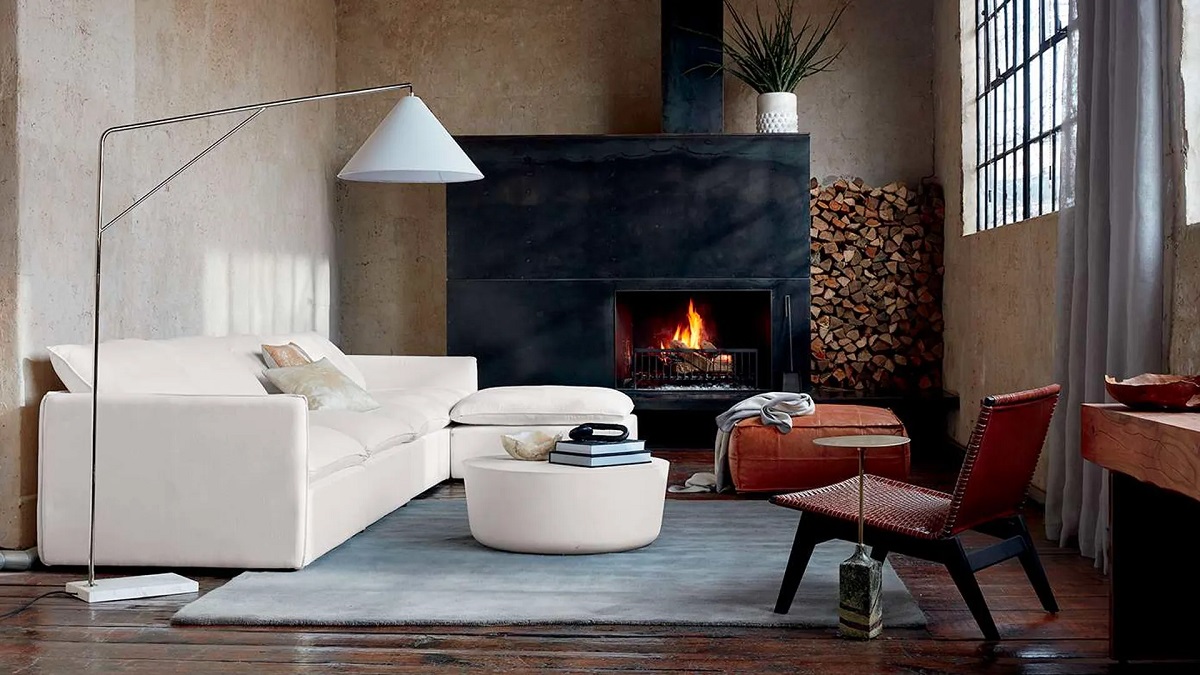
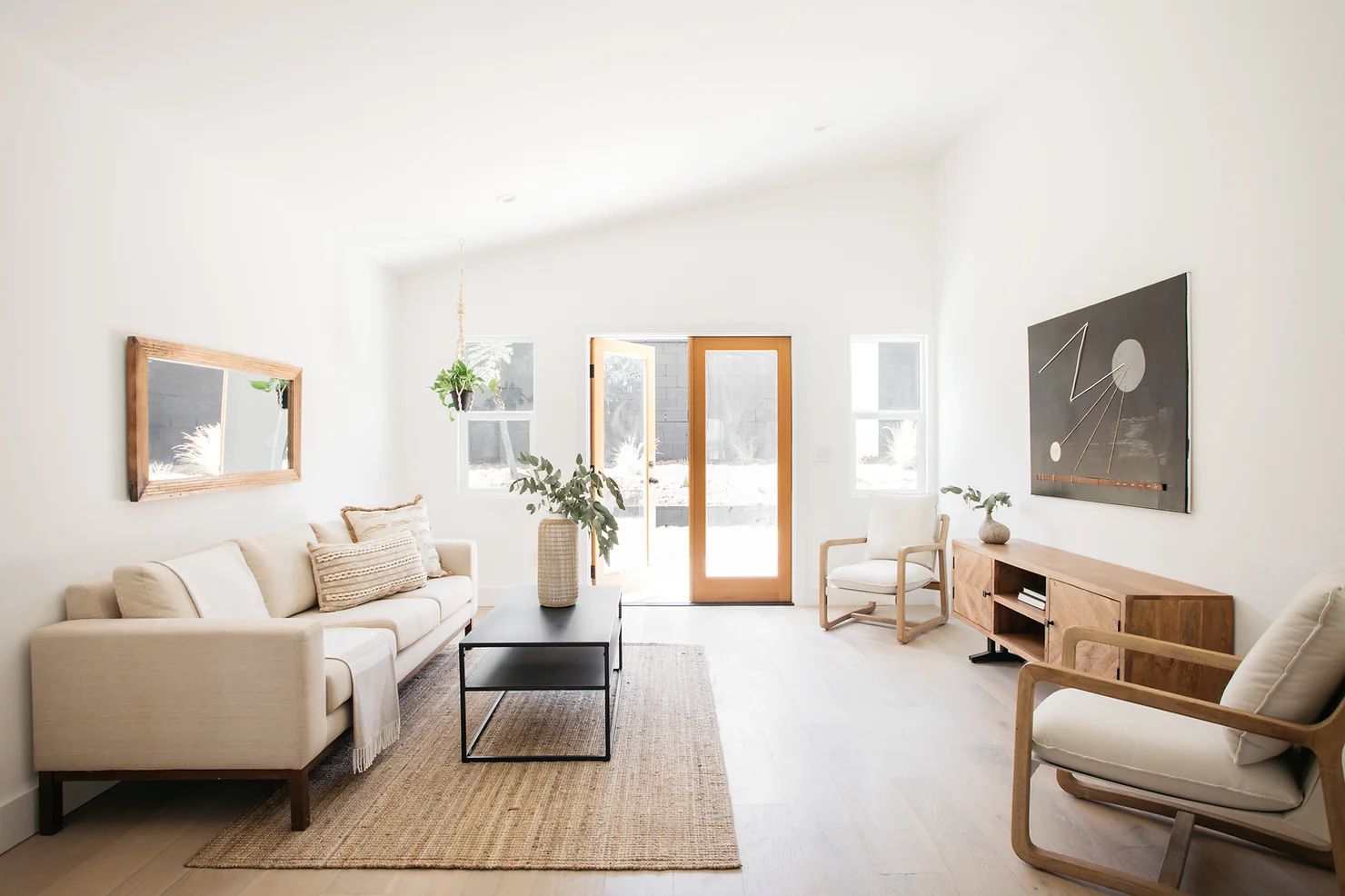

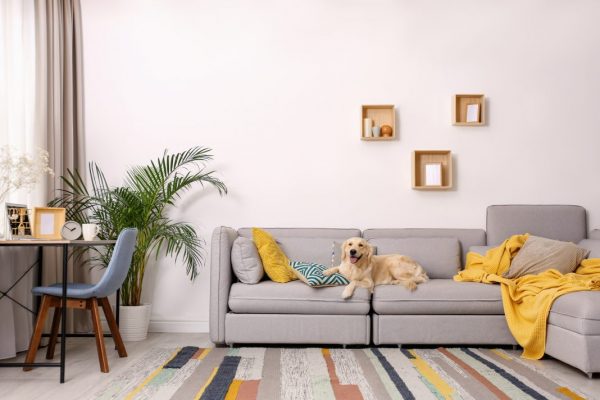
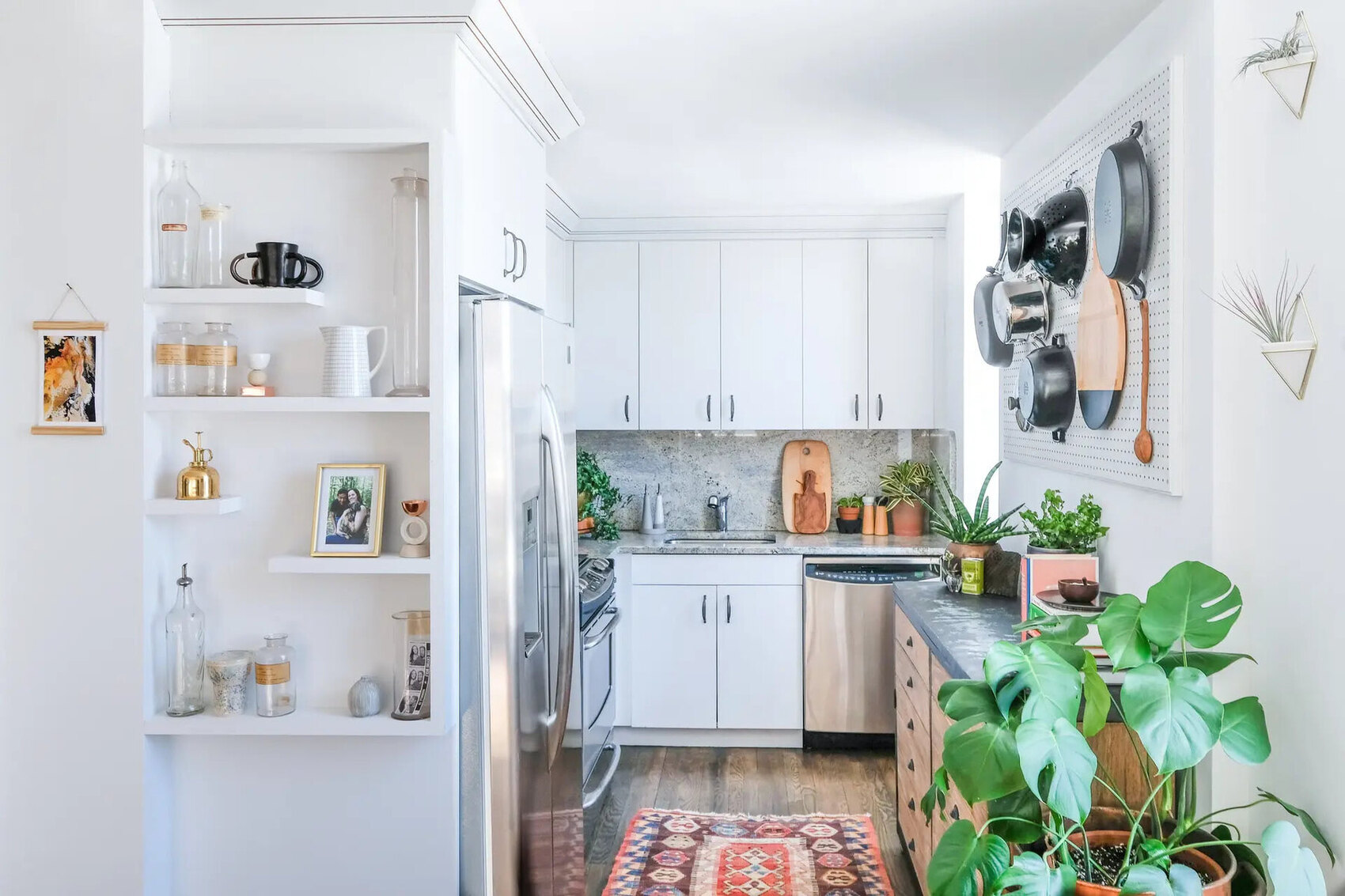



0 thoughts on “How To Design A Minimalist House”